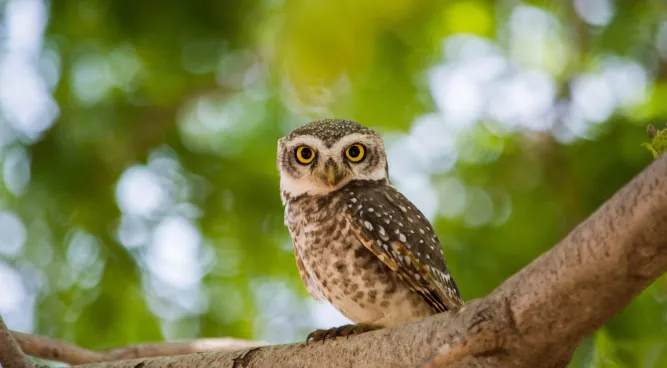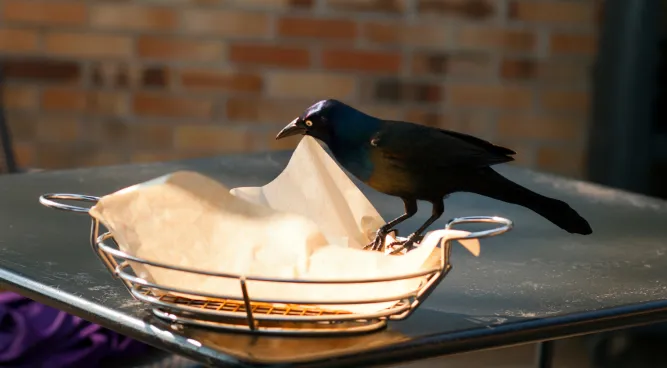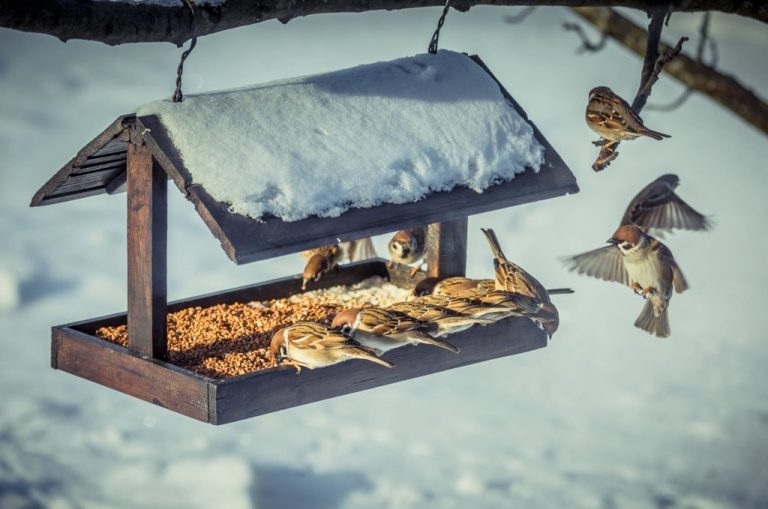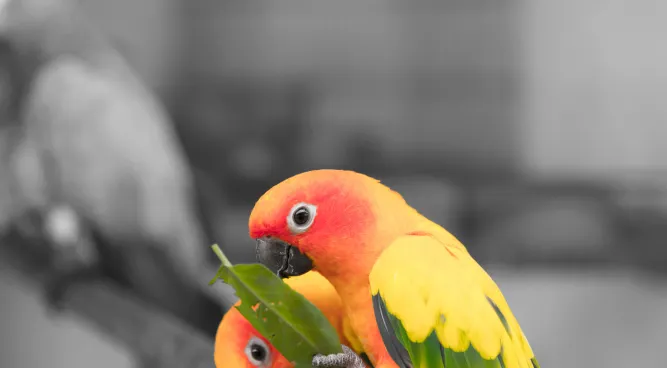What Eats Birds in the Food Chain: Exploring the Predators and Interactions
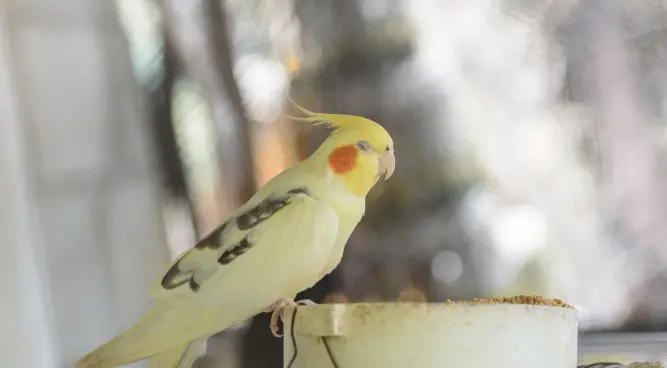
Table of Contents
Introduction
Discover the intricate dynamics of the food chain as we delve into the question “What eats birds in the food chain?” Uncover the predators that target birds, from soaring raptors to stealthy snakes, and explore the fascinating interactions that shape our ecosystems. Gain insights into the strategies birds employ to avoid predation and the delicate balance of nature at play.
Birds, with their energetic varieties and charming melodies, effortlessness our skies and give pleasure to our environmental factors. Nonetheless, these heavenly animals are not safe from the brutal real factors of the regular world. In this article, we will set out on an excursion to uncover the mysteries of the avian pecking order and answer the deep-rooted question: “What eats birds in the natural pecking order?” From the superb raptors taking off magnificently to the subtle hunters prowling in the shadows, we will jump into the captivating universe of bird hunters and the many-sided snare of life they occupy.
What Eats Birds in the Food Chain?
In What Eats Birds in the Food Chain, Birds agile and nimble as they may be, play a crucial role in the intricate tapestry of the food chain. In the grand theater of nature, there are several formidable predators that prey on these feathered creatures. Let us explore some of the most prominent avian predators and their interactions within the food chain:
1. Raptors: Masters of the Skies
Raptors, also known as birds of prey, command the vast expanse of the sky with their unparalleled grace and predatory prowess. In What Eats Birds in the Food Chain, From the soaring eagles with their piercing gaze to the swift falcons with their deadly dives, these aerial hunters are well-equipped with sharp talons and hooked beaks to snatch unsuspecting birds from the air. Get more information about Pet Food.
2. Snakes: Silent Stalkers
In What Eats Birds in the Food Chain, the realm of stealth and patience, snakes emerge as formidable predators of birds. With their sinuous bodies and unhurried movements, these reptiles possess a silent and deadly elegance. Some snake species, such as the venomous rattlesnakes and coral snakes, rely on their venomous bites to subdue their avian prey.

3. Mammals: Fierce and Resourceful
The mammalian world harbors a diverse array of predators that include birds in their diet. Felines, such as lions, tigers, and leopards, possess feline grace and predatory instincts that make them formidable bird hunters. Canines, such as foxes and coyotes, employ their cunning and speed to chase down birds on the ground or even in the trees. A fantastic read about dog training prices.
4. Reptiles: Cunning Ambushers
At the interface of land and water, reptilian predators lie in wait for unsuspecting birds that venture too close. Crocodiles and alligators, with their powerful jaws and lightning-fast strikes, pose a significant threat to birds that rely on aquatic habitats for their survival. A swift and stealthy attack can quickly turn a bird into a meal.
5. Large Fish: A Different Kind of Predator
While we may associate birds with the sky, some find their demise in the depths of water bodies. Large predatory fish, such as pike, muskie, and barracuda, possess the strength and agility to snatch birds from above the water’s surface. For birds relying on aquatic environments, this presents an additional layer of danger.
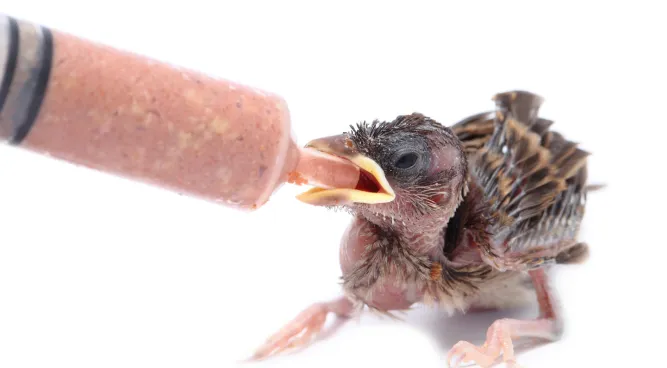
6. Insects: Tiny Terrors
While not the primary predators of birds, certain insects have evolved to prey on avian species. Large wasps and hornets, armed with potent stingers, can immobilize birds and use them as a food source for their young. These miniature hunters prove that size does not dictate the ability to inflict harm.
Beauty of Birds
Birds, with their stunning excellence and resonant tunes, spellbind us as they effortlessly the skies. Be that as it may, they are an indispensable piece of the mind-boggling embroidery of the natural pecking order, where they experience different hunters. From the skies to the ground and, surprisingly, in oceanic domains, birds face a large group of considerable trackers who have leveled up their abilities to catch avian prey. Investigating the hunters of birds develops how we might interpret the sensitive harmony between nature and the captivating cooperations that shape our environments.
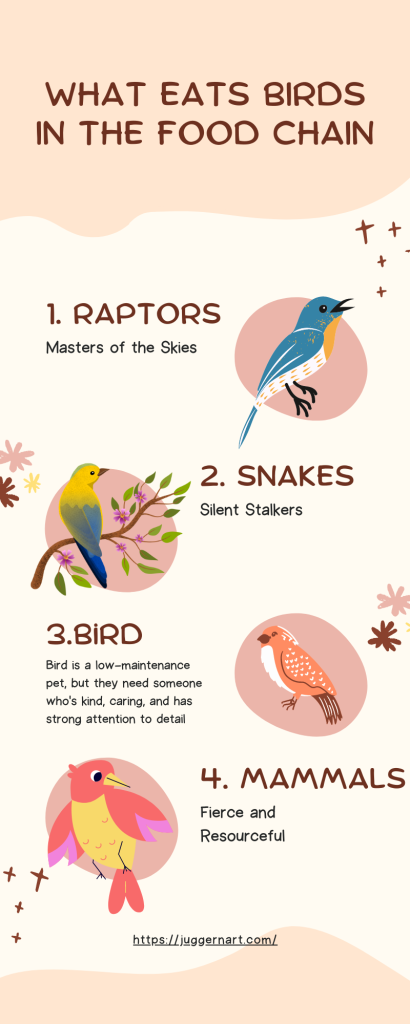
FAQs about In What Eats Birds in the Food Chain,
FAQ 1: Do All Birds Have Predators?
Answer: Yes, every bird species has its share of predators in the intricate web of the food chain. The presence of predators ensures a balance in nature and contributes to the survival of diverse species.
FAQ 3: Are Birds At Risk Of Predation Even While In The Air?
Answer: Absolutely! Birds are not safe from predation even in the vastness of the sky. Raptors, such as eagles and falcons, possess remarkable speed and agility, enabling them to pursue and capture birds mid-flight with astonishing precision.
FAQ 4: How Do Predators Locate Birds As Prey?
Answer: Predators rely on a combination of visual and auditory cues to locate birds. They keenly observe movements and vibrant colors that catch their attention. Additionally, the distinct songs and calls of birds serve as telltale signs for predators searching for their next meal.
FAQ 5: Are Certain Bird Species More Vulnerable To Predation?
Answer: While all birds face some degree of predation risk, smaller birds are often more vulnerable due to their size and limited defenses. Ground-nesting birds and those with conspicuous plumage may attract more attention from predators. However, it is important to remember that predation can occur across bird species and is influenced by various ecological factors.
FAQ 6: Do Birds Employ Any Strategies To Avoid Predation?
Answer: Birds have evolved a range of strategies to minimize predation risk. They may choose concealed nesting locations, construct intricate nests that are hard to access and utilize their natural coloration for camouflage. These adaptations help increase their chances of survival in the face of predation pressure.
Table: In What Eats Birds in the Food Chain,
| Heading | Sub-Heading |
| 1. Raptors | Masters of the Skies |
| 2. Snakes | Silent Stalkers |
| 3. Mammals | Fierce and Resourceful |
| 4. Reptiles | Cunning Ambushers |
| 5. Large Fish | A Different Kind of Predator |
| 6. Insects | Tiny Terrors |
| 7. FAQs | Frequently Asked Questions |
| 8. Conclusion |
Note: The table format may not be accurately represented in plain text.

